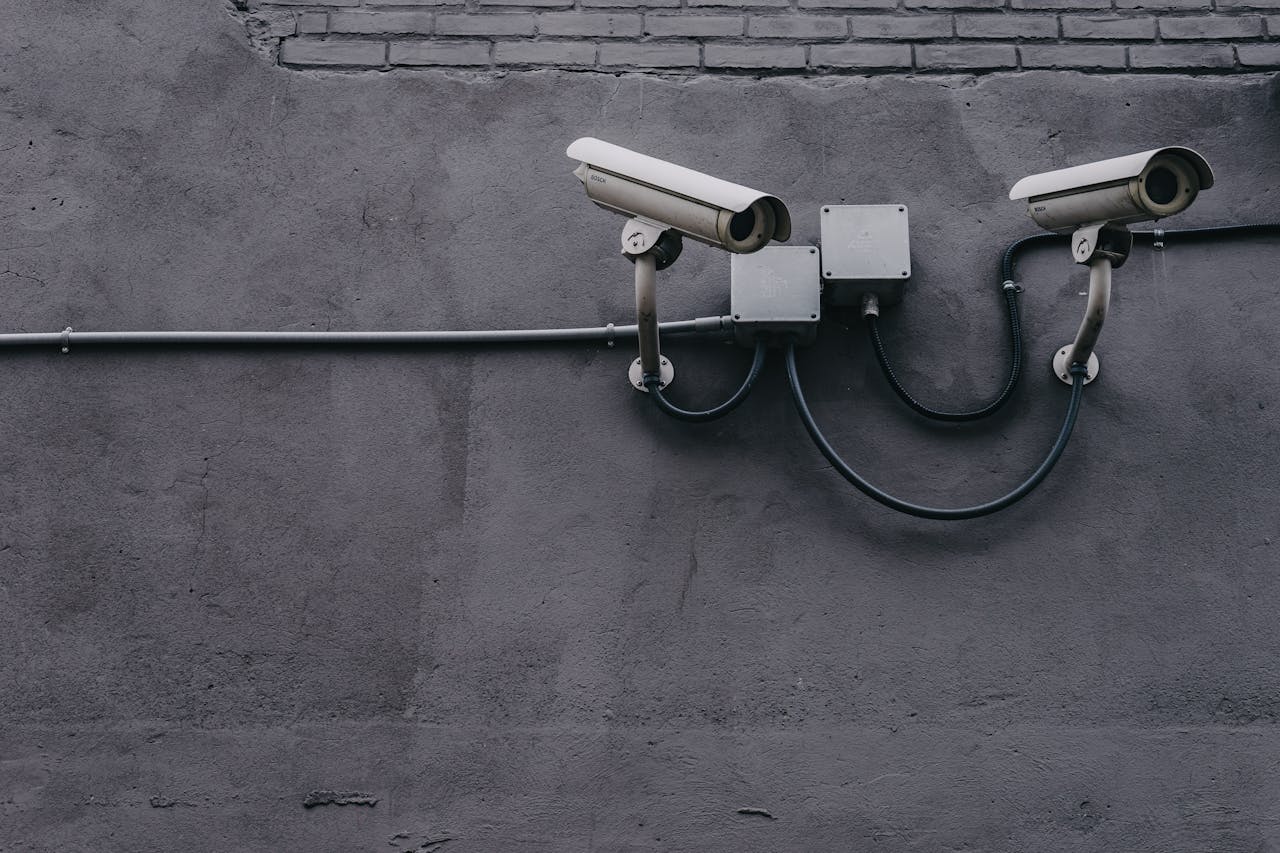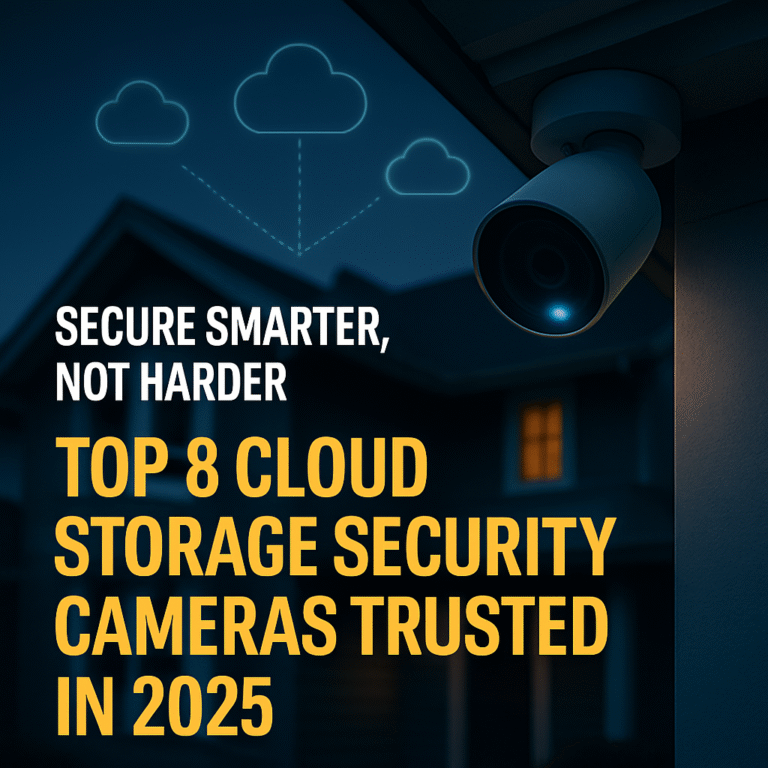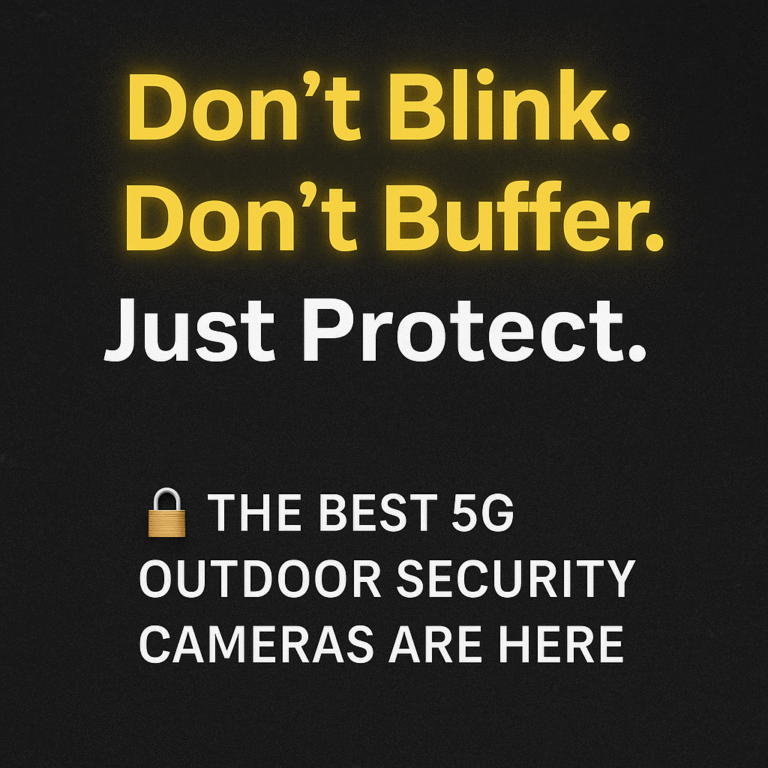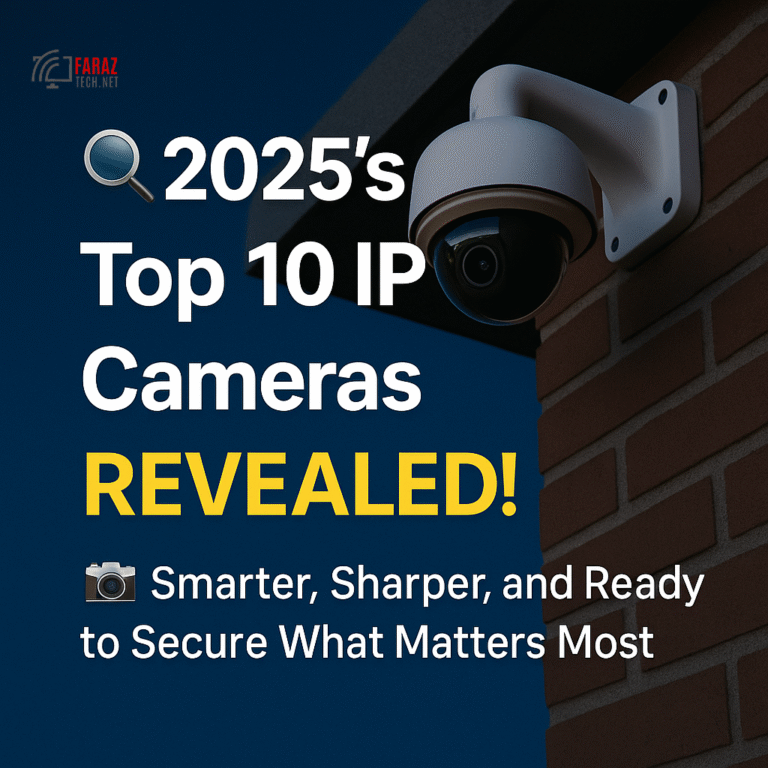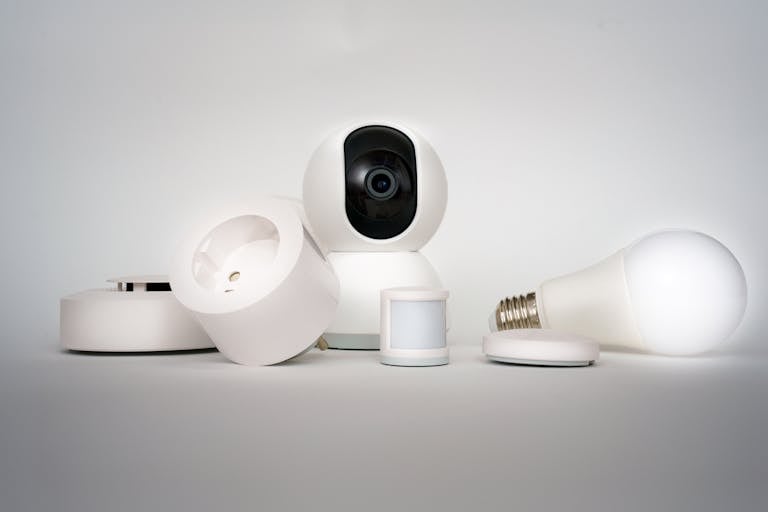Choosing the right place to set up your home security camera is just as important as selecting the camera itself. The location directly impacts what the camera captures, how clearly it records, and whether it serves as an effective deterrent. With years of hands-on experience setting up a wide range of smart cameras—from basic indoor units to solar-powered outdoor models—I’ve gathered the most effective placement strategies to help you secure your home like a pro.
1. Front Entrance: The Primary Watchpoint
Surprisingly, the front door is where most break-ins begin. Studies show that roughly 34% of burglars enter through the main entrance. It’s also the area where packages are delivered and most guests enter. Installing a camera here helps monitor mail theft, unfamiliar visitors, and everyday comings and goings.
Pro Tip: Use a video doorbell or mount a wide-angle camera above the door frame for complete coverage.
2. Side and Back Doors: The Unseen Vulnerabilities
While the front gets most of the attention, 22% of break-ins occur through the rear or side doors. These entrances are often hidden from public view, making them prime targets for intruders. Place a security camera with night vision or motion detection here to cover those blind spots.
Recommendation: A weather-resistant cam with two-way audio is ideal for these spots.
3. Driveway and Garage: Guarding Entry and Assets
Whether attached or detached, your garage and driveway are high-value areas. From your car and tools to bikes and lawn equipment, plenty of expensive assets are stored here. A well-placed camera can discourage theft and capture vital activity.
Mounting Tip: Install the cam to face the driveway gate, garage door, and vehicle access areas.
4. Backyard and Outdoor Zones: Broad Surveillance
Your backyard often goes overlooked, but it can be an access point for burglars or trespassers. It’s also where kids, pets, and guests spend time. Use a camera with at least a 130-degree viewing angle to cover fences, gates, and sheds.
Extra Tip: If you have a large outdoor space, consider adding floodlight cams for better nighttime visibility.
5. Living Room or Main Common Areas
Indoors, your most valuable footage usually comes from shared spaces like the living room or kitchen. These are areas where kids play, pets roam, and house staff operate. They also tend to have accessible windows, making them potential entry points.
Best Setup: Corner placement allows the camera to monitor the entire space.
6. Hallways or Stairwells: Tracking Movement
Even if a burglar avoids visible entrances, they can’t easily bypass your home’s hallways or stairs. A discreet camera in these spots ensures they’ll be recorded at some point.
Strategic Advantage: Use narrow-angle cams here to focus only on passage areas.
Avoid Installing Cameras In:
- Bedrooms & Bathrooms: These areas are off-limits due to privacy concerns.
- Your Neighbor’s Property: Be mindful of your camera’s range to avoid capturing footage of adjacent homes.
Tips for Outdoor Camera Placement: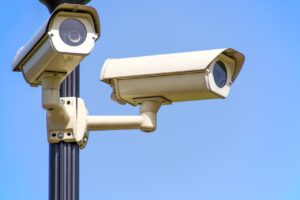
- Mount cameras 8 to 10 feet high for optimal range and security.
- Avoid direct sunlight to reduce glare.
- Keep lenses clear of shrubs, branches, and moving objects.
- Position cameras where they can be easily seen to deter intruders.
Tips for Indoor Camera Placement:
- Use corners for the widest field of view.
- Shelves are great for flexible placement.
- Avoid facing cameras directly at windows due to glare and IR bounce-back.
Special Case: Video Doorbells
Install your video doorbell roughly 4 feet above the ground for optimal facial recognition. If needed, use an angle wedge to improve field of view across porches and tight corners.
Portable Camera Solutions
If you want to move your cam depending on need, battery-powered units like the Ring Stick-Up Cam or Google Nest Cam (Battery) offer flexibility and indoor/outdoor usability.
Frequently Asked Questions (FAQs)
Q1: How many security cameras do I need for a typical home? A: Most homes do well with 3-5 cameras: one for the front door, one for the back, one in the living room, one near the garage, and one for the yard.
Q2: What height should security cameras be installed? A: Between 8 to 10 feet off the ground is ideal to capture clear visuals while being out of reach.
Q3: Can I install cameras indoors without mounting them? A: Yes, many models can sit on shelves or tables and still deliver full functionality.
Q4: What is the best camera angle for outdoor use? A: Aim cameras slightly downward for wider field coverage without facing direct light sources.
Q5: Do security cameras work in the dark? A: Most modern cameras include infrared or color night vision features to maintain visibility at night.
Q6: Do I need Wi-Fi for security cameras? A: Most do require Wi-Fi, but some models like the Eufy 4G or Reolink Go operate via LTE networks.
Q7: Is local storage better than cloud? A: Local storage offers privacy and avoids monthly fees, while cloud storage allows remote access and backups.

